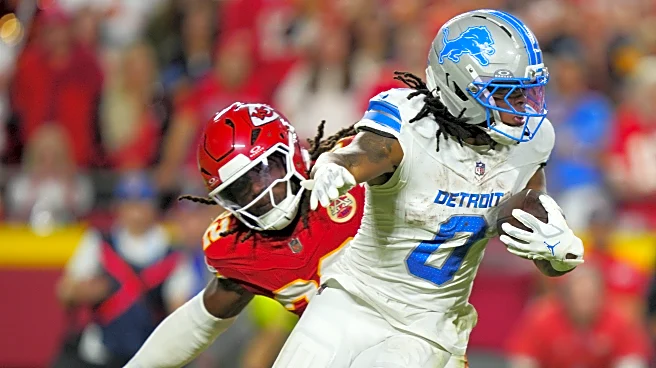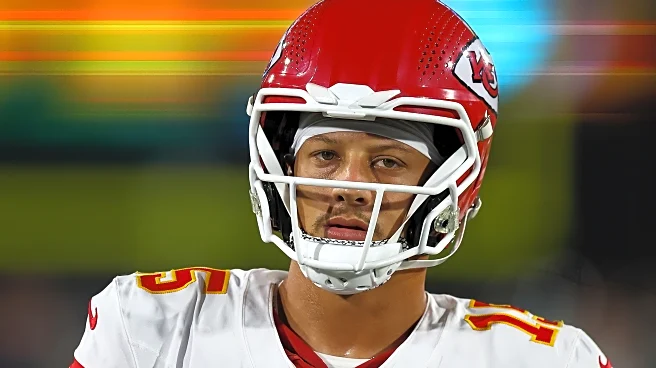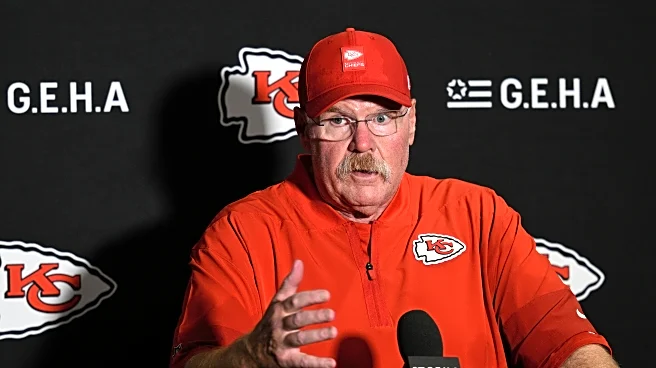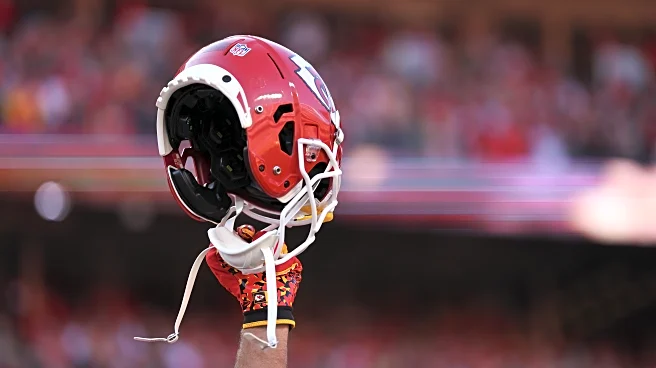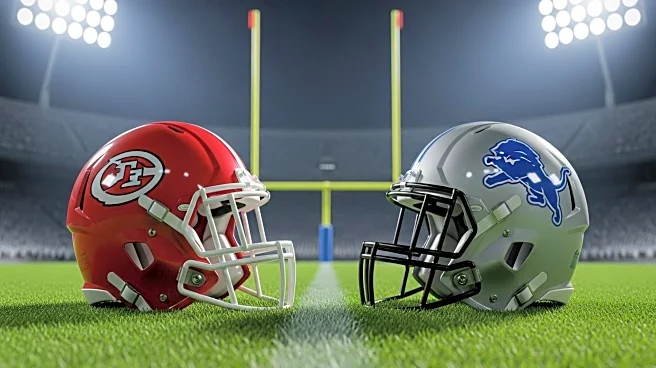What's Happening?
Jamaal Charles, former NFL running back, recently shared his insights on the evolution of the running back position during an event at the Texas State Fair. Charles highlighted the impressive performances of Jahmyr Gibbs from the Detroit Lions and De’Von Achane from the Miami Dolphins. He reflected on his experiences with coaches Todd Haley and Andy Reid, who helped him develop into a dual-threat player capable of both rushing and receiving. Charles emphasized the importance of the running back position, noting its critical role in both offensive and defensive plays. He expressed excitement about the future of the position, as emerging players continue to redefine its value and relevance in the game.
Why It's Important?
The evolution of the running back position is significant for the NFL as it impacts team strategies and player valuations. As running backs become more versatile, capable of contributing in multiple facets of the game, their importance to team dynamics increases. This shift could lead to changes in how teams draft and train players, potentially increasing the market value of running backs. Charles' comments underscore the ongoing transformation within the sport, where traditional roles are being redefined to adapt to modern gameplay. This evolution could influence contract negotiations, team compositions, and the overall approach to offensive strategies in the league.
What's Next?
As the running back position continues to evolve, teams may focus on developing players who can serve as dual-threats, enhancing their offensive capabilities. Coaches might prioritize training programs that emphasize versatility, preparing players to excel in both rushing and receiving roles. The success of players like Gibbs and Achane could inspire other teams to seek similar talents, potentially leading to a shift in draft strategies. Additionally, the increased value of running backs might influence salary negotiations and contract structures, as teams recognize their expanded contributions on the field.
Beyond the Headlines
The transformation of the running back position reflects broader changes in the NFL, where adaptability and versatility are increasingly valued. This shift may encourage a reevaluation of traditional player roles, fostering innovation in coaching techniques and game strategies. As running backs become more integral to team success, their influence could extend beyond the field, impacting fan engagement and media coverage. The evolution of this position highlights the dynamic nature of professional sports, where continuous adaptation is necessary to remain competitive.



